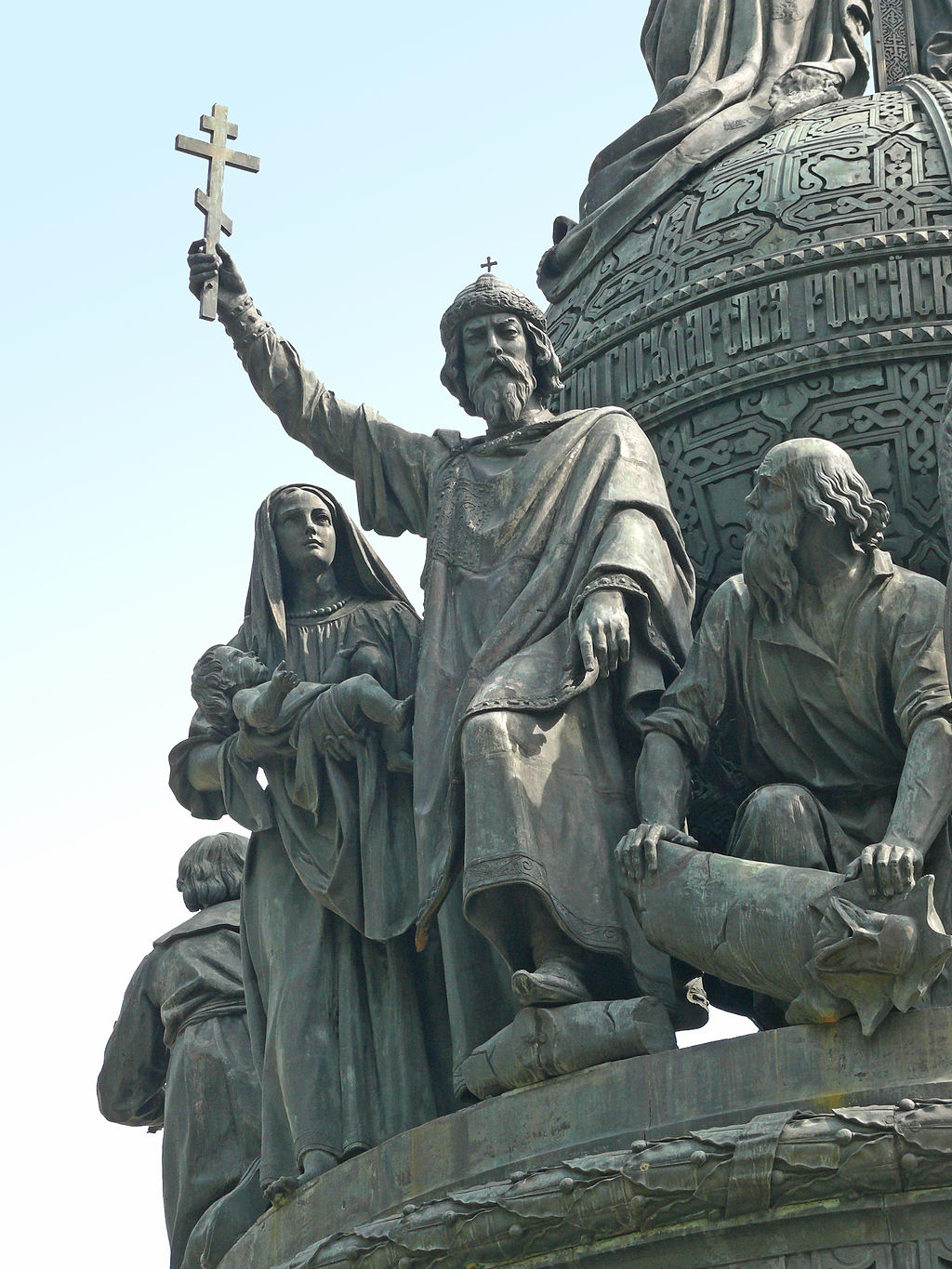On this day, Vladimir The Great started the Russian Orthodox Church, marking a change in Soviet attitude towards the institution.
Christianity Throughout Russia
Christianity in Russia began sometime in the late 860s according to the writings of Patriarch Photius, considered the most influential and powerful religious leader of Constantinople. While some regions took to Christianity quite easily, it was a gradual process and would take over 100 more years for it to fully take root. During the rule of Vladimir the Great in the year 987, the ruler sent out envoys to bring word of the religions in surrounding nations. Islam, Vladimir found, would simply not do. When told of its prohibitions against alcohol, he remarked, “Drinking is the joy of all Rus’. We cannot exist without that pleasure.” He would later reject Judaism as well, citing their loss of the holy city of Jerusalem as evidence that God had abandoned them. Eastern Christianity, however, specifically that found in Constantinople, had enticed him. His envoys regaled him with tales of their majestic festivals and grand cities. The following year he would find himself vying for the hand of Anna Porphyrogenita, a Byzantine princess. Marrying her shortly after his Christening and took the Christian name “Basil” in honor of his new brother-in-law. This would be followed by the destruction of pagan monuments, the building of churches, and the baptism of the Russian people. This was seen as the beginning of the Russian Orthodox Church, which would remain a dominant cultural fixture, albeit existing with difficulty under Soviet rule.
Soviet Russia, State Atheism, and Strengthening Ties
While the Russian Orthodox Church remained a fixture in Soviet Russia, boasting the largest membership of any other church in the state, the USSR’s policy of state atheism served to the detriment of the Church’s membership. While the Church had nearly 50 million believers, there were only around 7,000 registered churches in the USSR. With over half being located in Ukraine. It wasn’t until June 5, 1988, when the USSR marked the 1000th anniversary of the Russian Orthodox Church as a statewide event, that the USSR shifted from merely tolerating their operations to openly embracing them. The main celebrations lasted seven days, from June 5 to June 12, and took place mainly in Zagorsk and Moscow, although smaller celebrations were held across the USSR. Many of the activities were televised nationally, and state actors such as Mikhail Gorbachev took part, meeting with church officials and marking a major change in official policy. Throughout the next few decades, the Church would strengthen its ties with the Kremlin. Becoming the state’s de facto religious authority.

